Salzschlirf was first mentioned in documents as early as 885. A few years ago, the year 812 was still considered the date of the first historical mention of the village of Bad Salzschlirf as Slirefa. Then, however, it became clear that the Slirefa mentioned in a document did not mean Bad Salzschlirf, but Altenschlirf - today a district of Herbstein. In documents from 885 the place mentioned is called Ulterior Slifera, because it lies further down beyond the stream Slirefa, seen from Altenschlirf (Vetus Slirepha). Accordingly, today's Bad Salzschlirf got its name at that time after the little stream on which it lies.
Early the development of the place was connected with salty sources. Thus, as early as the Middle Ages, the Fulda abbots extracted the salt, which was so important at that time, in the salt works of Bad Salzschlirf. The Bonifazius well was drilled in 1746 and helped Salzschlirf to its reputation as a spa. When gout was still widespread and hardly treatable with medication, it was the most famous gout fountain in Europe. Towards the end of the 18th century, the Prince-Bishop of Fulda, Heinrich von Bibra, had the wells drilled deeper in order to increase the yield of the salt springs. This failed, as groundwater seeped into the saline springs. In 1798, the salt works were closed.
On June 15, 1836, Count Friedrich Wilhelm von Schlitz, called von Görtz (1793-1839), who was in poor health, was enfeoffed with the wells of Salzschlirf by the Oberberg- und Salzwerksdirektion in Kassel. The Bonifaziusquelle, the upper salt well, was uncovered again. A bathtub was set up in a neighboring house and filled with buckets from the spring. For the time being, no further development of the springs took place. However, before his death, the count had transferred the feudal rights to his doctor and friend Eduard Martiny (1808-1876). In 1837, Martiny expanded the baths with the help of local farmers. In return for his support in developing the spring, Martiny granted the citizens of Bad Salzschlirfer the right to draw water from it free of charge. This right is still valid today. In 1838, Salzschlirf became a state-recognized spa.
The expansion of the spa soon exceeded the financial resources of the doctor. So he sold the wells first to the state, but acquired them back in 1873 and founded the union Bad Salzschlirf, which operated the bath from then on. After this got into financial difficulties, the bath was sold in 1884 to Louis Weber, a Rhenish manufacturer.
In a major fire on September 9, 1898, almost the entire old village center burned down. Only a few buildings, such as the Hotel Deutsches Haus, were preserved.
In 1900, Hermann Vollrath and Ludwig Weber founded the public limited company Bad Salzschlirf (AGBS) with Jean Berlit as bath director. A bathing culture like in other renowned bathing resorts emerged. In 1911 the predicate "Bad" was awarded. Some scenes of the movie Die Feuerzangenbowle with Heinz Rühmann were filmed in 1944 in the spa park near the Hotel Badehof. In 1973, the last well, the Hermann Vollrath well, was drilled to a depth of 642 meters. Until the 1990s, the AGBS took over the entire spa operation. Due to mismanagement, it got into financial difficulties and had to file for insolvency in 2000. The shell company of the AGBS was bought up by private investors and renamed Arques in 2002.
Thanks to various investors and the municipality, the continued existence of the important spa facilities is guaranteed.
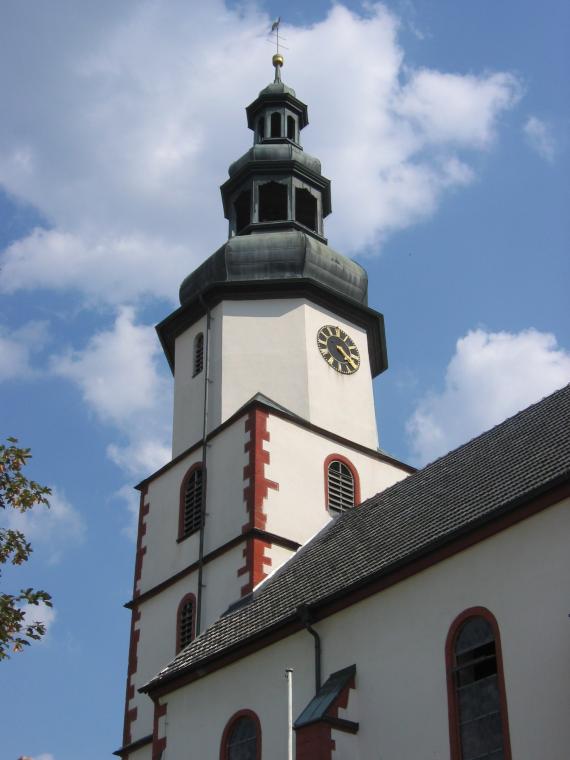


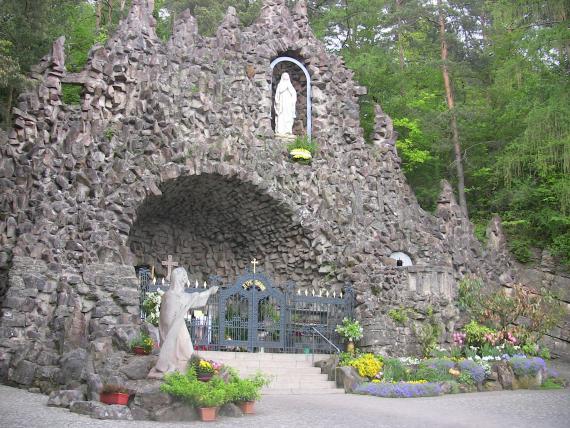
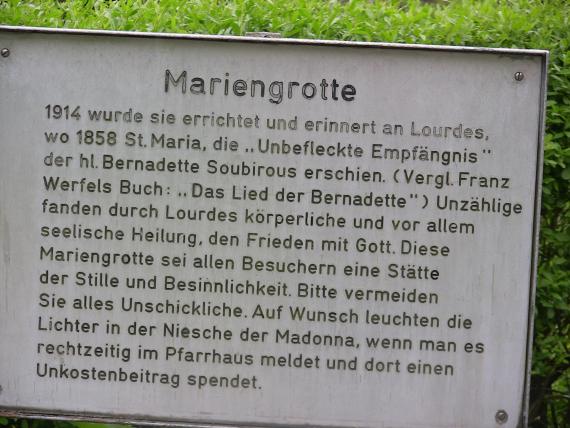
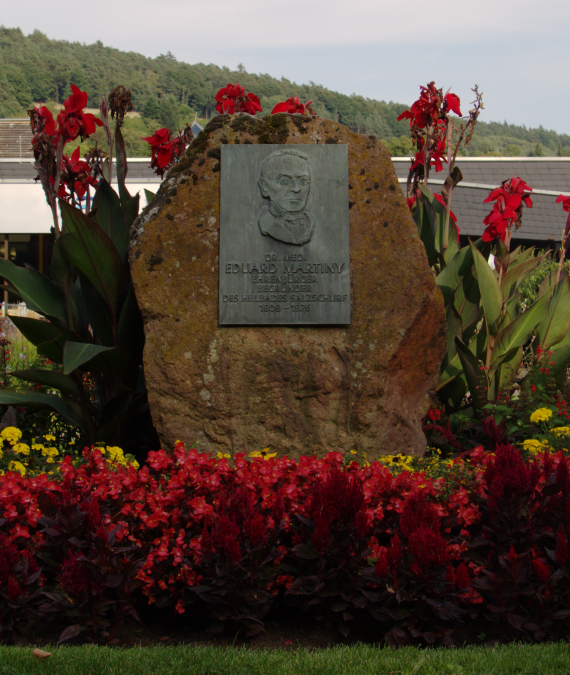

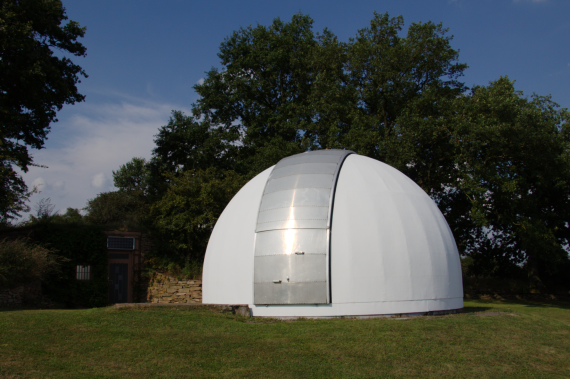
Add new comment